 Not cloudy at all.
Not cloudy at all.I was going to the South Dyke Sharing Farm but there were many people working there, so I decided to bike all the way to the one in Terra Nova instead.
 Hummingbird in the center of the picture. I am never going to get a good photo of this bird, so I took this image with just the kit lens.
Hummingbird in the center of the picture. I am never going to get a good photo of this bird, so I took this image with just the kit lens. Low tide. There were three Great Blue Herons fishing on that stretch of muddy bank.
Low tide. There were three Great Blue Herons fishing on that stretch of muddy bank.Nice view from West Dyke Trail
 Tree Swallows (Tachycineta bicolor) resting on a wire, the only way I am ever going get a photo of these birds.
Tree Swallows (Tachycineta bicolor) resting on a wire, the only way I am ever going get a photo of these birds.
 Another view of the trail.
Another view of the trail.
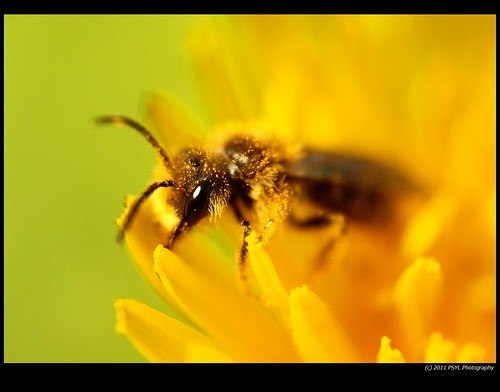
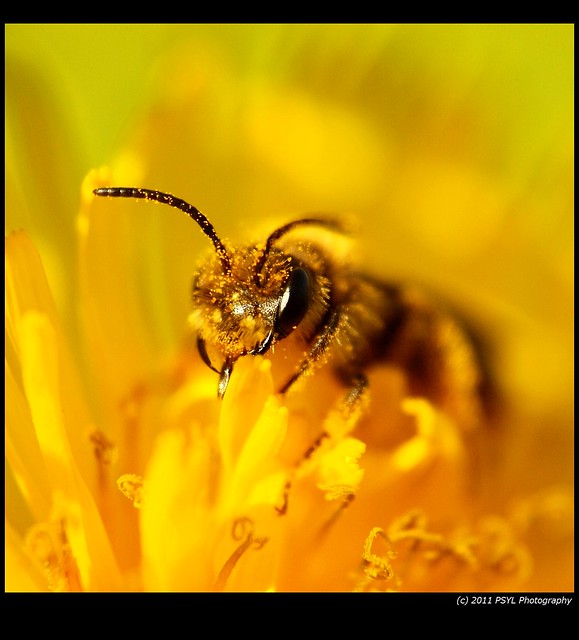
This bee is only about 6-8 mm, but they look incredible with the Raynox 250 attached to the 40-150 lens.
 Moving on, I saw three Northern Shovelers (two male and one female) and they were performing this behavior - raising their head up and down while making some kind of sound. Courtship behavior, I suppose?
Moving on, I saw three Northern Shovelers (two male and one female) and they were performing this behavior - raising their head up and down while making some kind of sound. Courtship behavior, I suppose?
 At Terra Nova Sharing Farm, I spotted this ladybug with 16 spots, although it doesn't look like any of these.
At Terra Nova Sharing Farm, I spotted this ladybug with 16 spots, although it doesn't look like any of these.

 The Honey Bees weren't as cooperative as the small bees and photographing with such a close-up lens is difficult. So I focused on their pollen baskets because they are such an interesting structure around the bee's knees.
The Honey Bees weren't as cooperative as the small bees and photographing with such a close-up lens is difficult. So I focused on their pollen baskets because they are such an interesting structure around the bee's knees.
 Getting cloudy at the end of the day.
Getting cloudy at the end of the day.
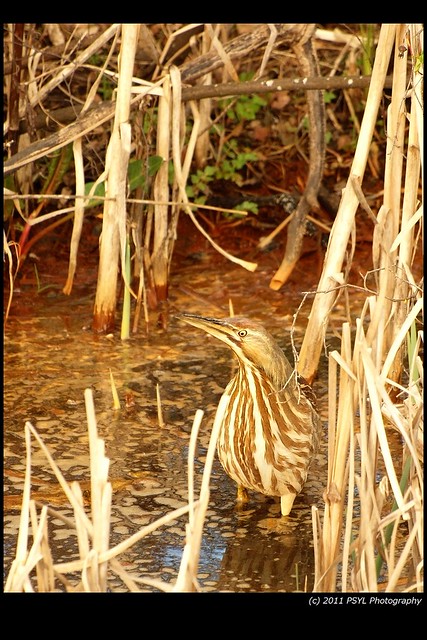
And there it is! Trying to blend itself into the surroundings.
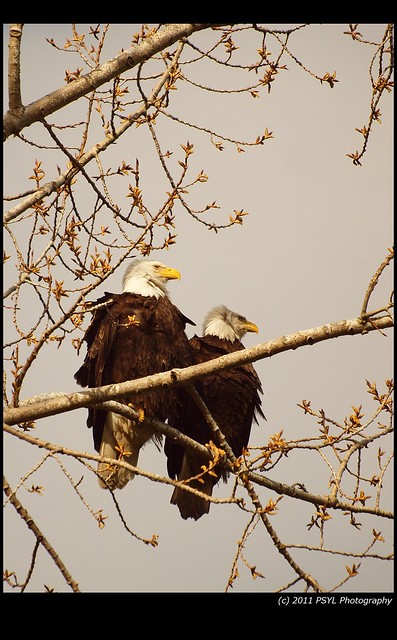
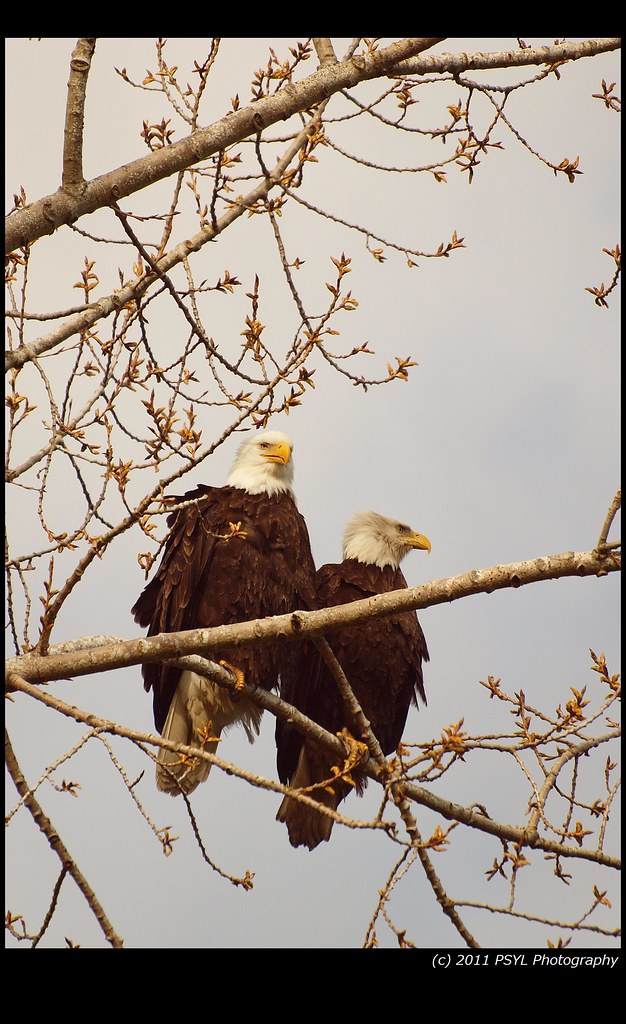
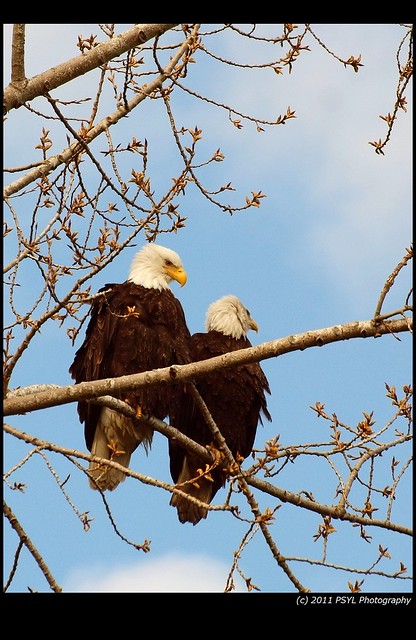
And enjoying the golf game below.
 Tree Swallows (Tachycineta bicolor) resting on a wire, the only way I am ever going get a photo of these birds.
Tree Swallows (Tachycineta bicolor) resting on a wire, the only way I am ever going get a photo of these birds. Another view of the trail.
Another view of the trail.On the trail-side of Terra Nova Natural Area, I spotted many of these small bees foraging in the dandelions. Either a Sweat Bee (Family Halictidae) or something else. I hope I will be accepted into this training program so that I can be more knowledgeable about bees.


This bee is only about 6-8 mm, but they look incredible with the Raynox 250 attached to the 40-150 lens.
 Moving on, I saw three Northern Shovelers (two male and one female) and they were performing this behavior - raising their head up and down while making some kind of sound. Courtship behavior, I suppose?
Moving on, I saw three Northern Shovelers (two male and one female) and they were performing this behavior - raising their head up and down while making some kind of sound. Courtship behavior, I suppose? At Terra Nova Sharing Farm, I spotted this ladybug with 16 spots, although it doesn't look like any of these.
At Terra Nova Sharing Farm, I spotted this ladybug with 16 spots, although it doesn't look like any of these.
 The Honey Bees weren't as cooperative as the small bees and photographing with such a close-up lens is difficult. So I focused on their pollen baskets because they are such an interesting structure around the bee's knees.
The Honey Bees weren't as cooperative as the small bees and photographing with such a close-up lens is difficult. So I focused on their pollen baskets because they are such an interesting structure around the bee's knees. Getting cloudy at the end of the day.
Getting cloudy at the end of the day.I saw a woman looking at the reeds in the ditch and immediately I know it must be an American Bittern.

And there it is! Trying to blend itself into the surroundings.
At the golf course, a pair of Bald Eagles were perched next to each other close to the nest.



And enjoying the golf game below.
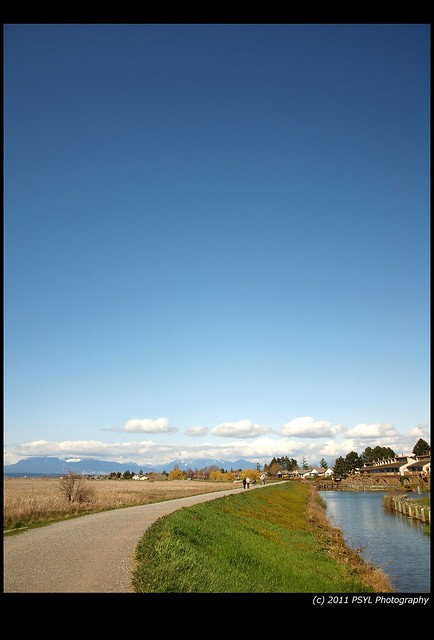
No comments:
Post a Comment